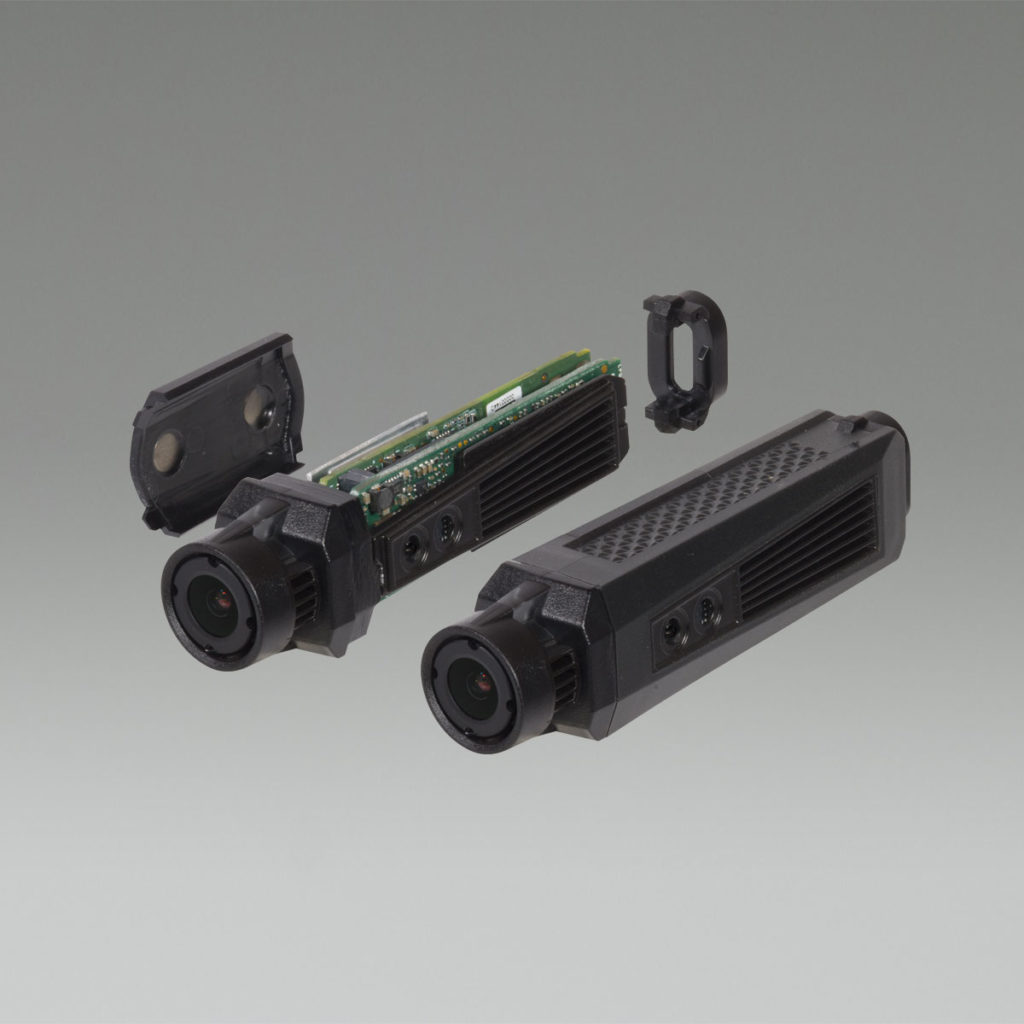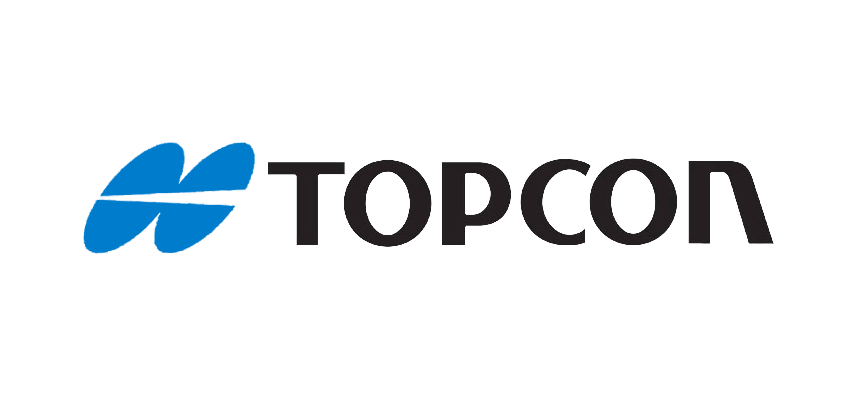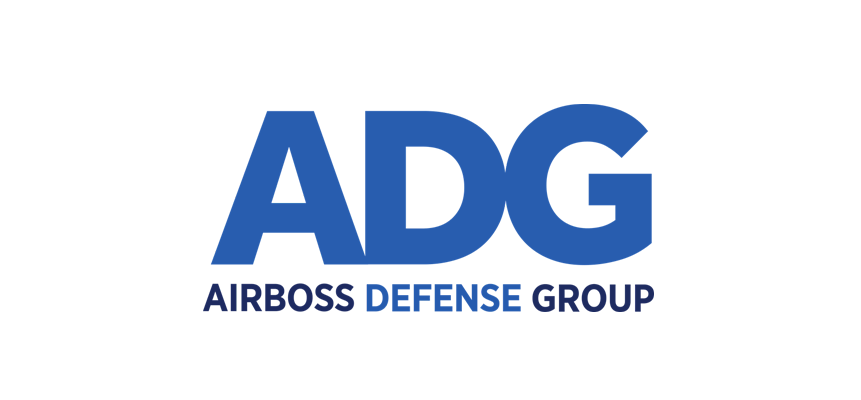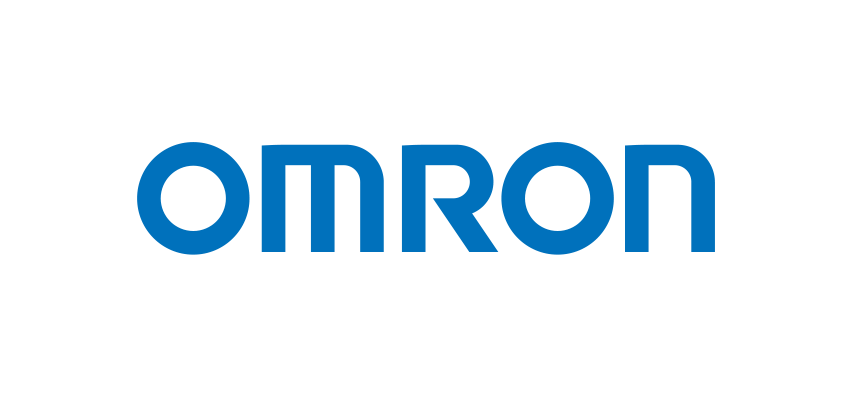Function vs. Aesthetics
The look and feel of a molded product is important, but with LPM it is rarely the driving factor in a design. Engineers seek a molded electronic device that can pass testing and withstand harsh environments. While aesthetic appeal may not be critical to the product design, many of our customers do have products that need to look good; they need to look like conventional injection molded parts. We have worked with industrial designers, marketing gurus and engineers alike to come up with product designs that are both rugged and good looking. The look of the product is up to you! We are not industrial designers. We are molders. So, if the design is moldable, we are happy. But, this does not mean you need to settle for an industrial-looking block of molding compound. We can accommodate almost any design feature or texture pattern that could be incorporated in a standard injection molded product. Sleek lines, intricate patterns, polished surfaces, undercut geometry – all of this (within reason) can be featured into the product design. Colored materials are also an option. For years, LPM designs meant either a semi-transparent amber or opaque black look, but for the right project, we can color LPM materials via a standard master batch compounding process.
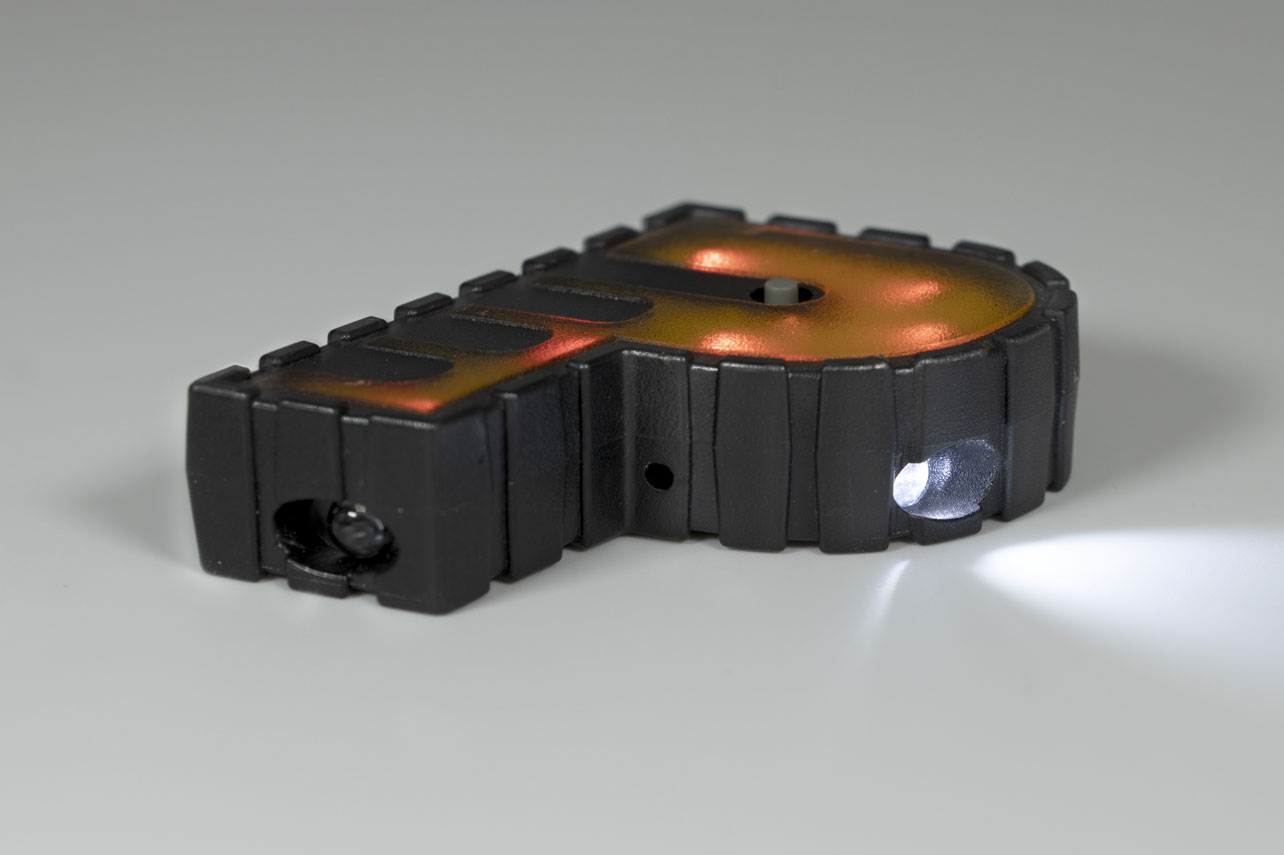
Mounting Features
We are often asked to incorporate mounting features into our molded design, but there are many different ways to approach this. By virtue of their materials properties, low pressure molding compounds are not well-suited for acting as mounting features or mechanical locking features. The materials are simply too soft to withstand constant compression or wear/abrasion. The compression set of the materials is such that the molded polymer will yield over time when exposed to prolonged external forces. For this reason, we will often incorporate a metallic or plastic compression limiter into the molded product design. This allows a fastener to pass through and secure the finished product into the final assembly location. Molded inserts such as compression limiters should have adequate mechanical interlock on the external surfaces to prevent tear out. Unthreaded spacers could be knurled on the outer surface, or have a stepped outer diameter. Another approach for mounting features would be to incorporate a rigid plastic carrier, or frame, into the design. This adds stiffness to the assembly, accurately locates the PCB in the mold cavity and can incorporate the necessary mounting features.
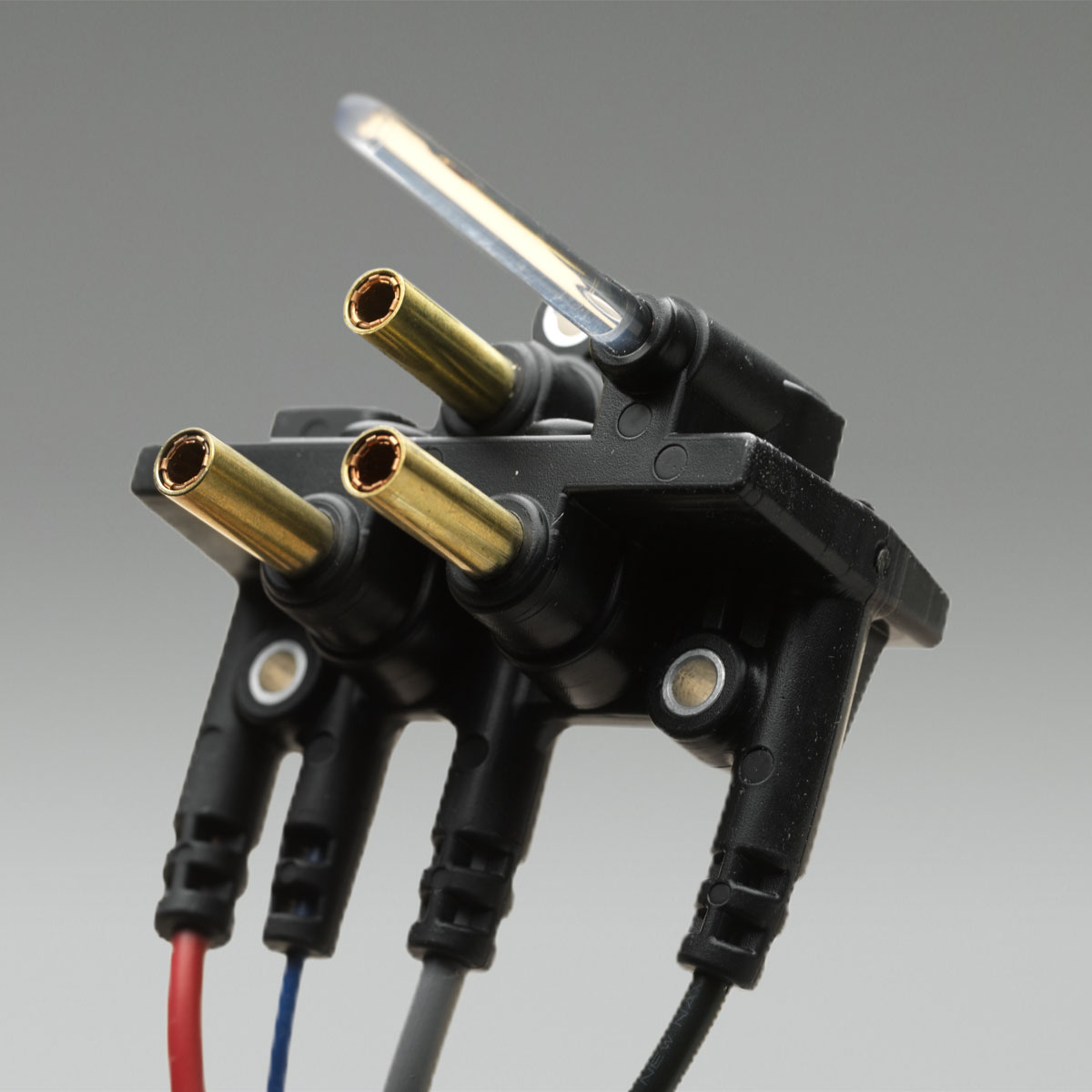
LED Light Pipes and Light Sensors
Some of our overmolded PCBs require LED indicator lights and/or light sensors that must be visible to the outside world. LPM materials are not optically clear, so they are not well-suited to encapsulating light sensors, but they are excellent for acting as light pipes for LED indicators. The semi-transparent amber materials do not alter the color of the lights significantly, and the design can even help break out and isolate multiple indicator lights on the finished product. Oftentimes, we will premold the device with semi-transparent amber material, and then overmold with opaque black material, leaving the indicator light pipes exposed. The end result is always a well-sealed electronic device with LED lights that are fully functional.
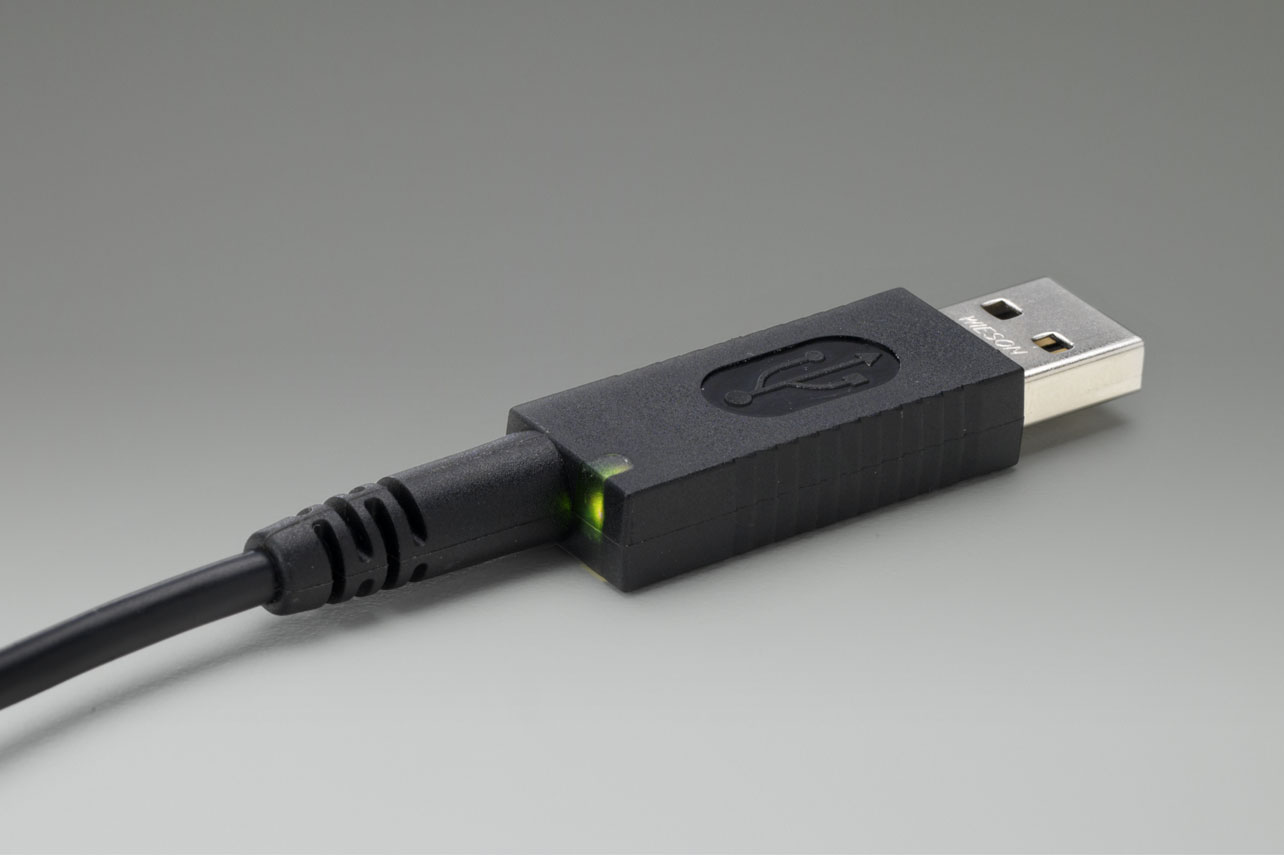
Buttons and Switches
Many molded electronic products require buttons, or tactile switches, which can pose a challenge for an overmolded solution. The key is to break the molding process up into two steps: one step to effectively shut-off on the top of the button, and a second step to seal over the switch in a way that will not impede the mechanical action of the switch or button. We have many ways to approach this, and each overmolded solution will be unique. In some cases we can use a very low durometer sealant, such as an RTV silicone, to seal around the top of the switch, while maintaining the air pocket needed for the mechanical movement of the switch. Another approach is to insert-mold an elastomeric cover, or boot, around the switch. This would be done in the second molding operation. The result is that you have the elastomer covering the switch, but it is sealed and held captive by the second shot in a two-shot molding process.
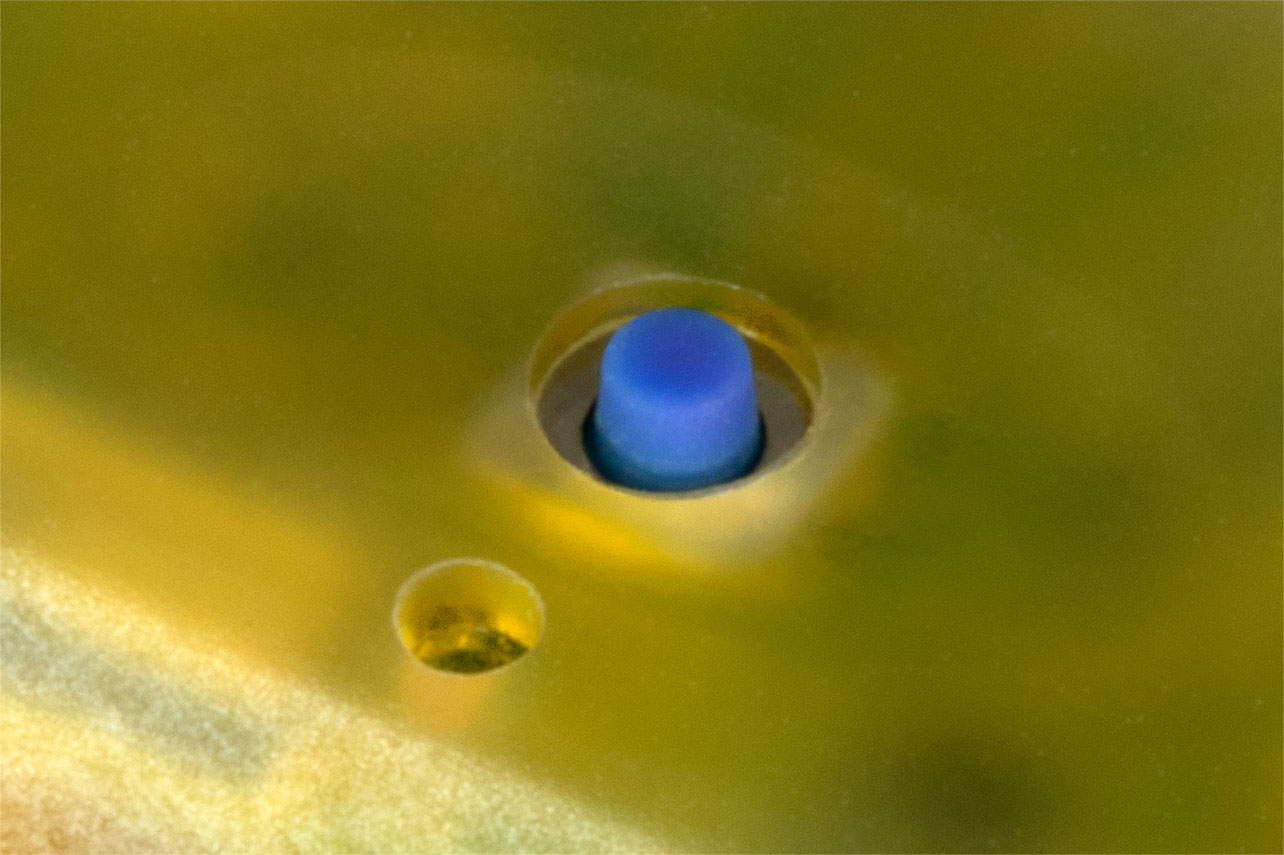
Cavist : Products designed beyond typical ruggedization
As mentioned previously, many of our designs simply result in a monolithic encapsulation of a sensor or PCB. Oftentimes, the design goals have little to do with aesthetics, or functionality beyond the need for ruggedization. This does not mean that all LPM designs should be limited to very basic colors, shapes or molded geometry. Let us know if you would like help designing your next great product!
